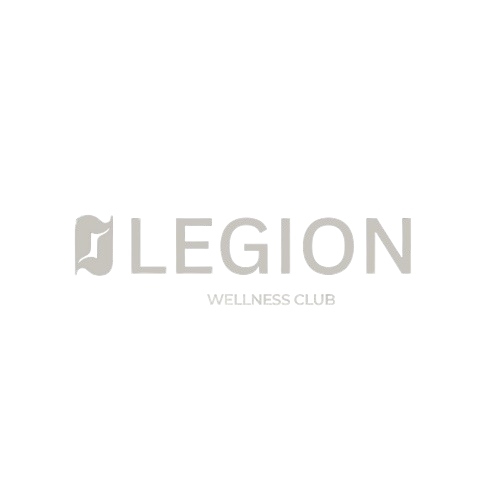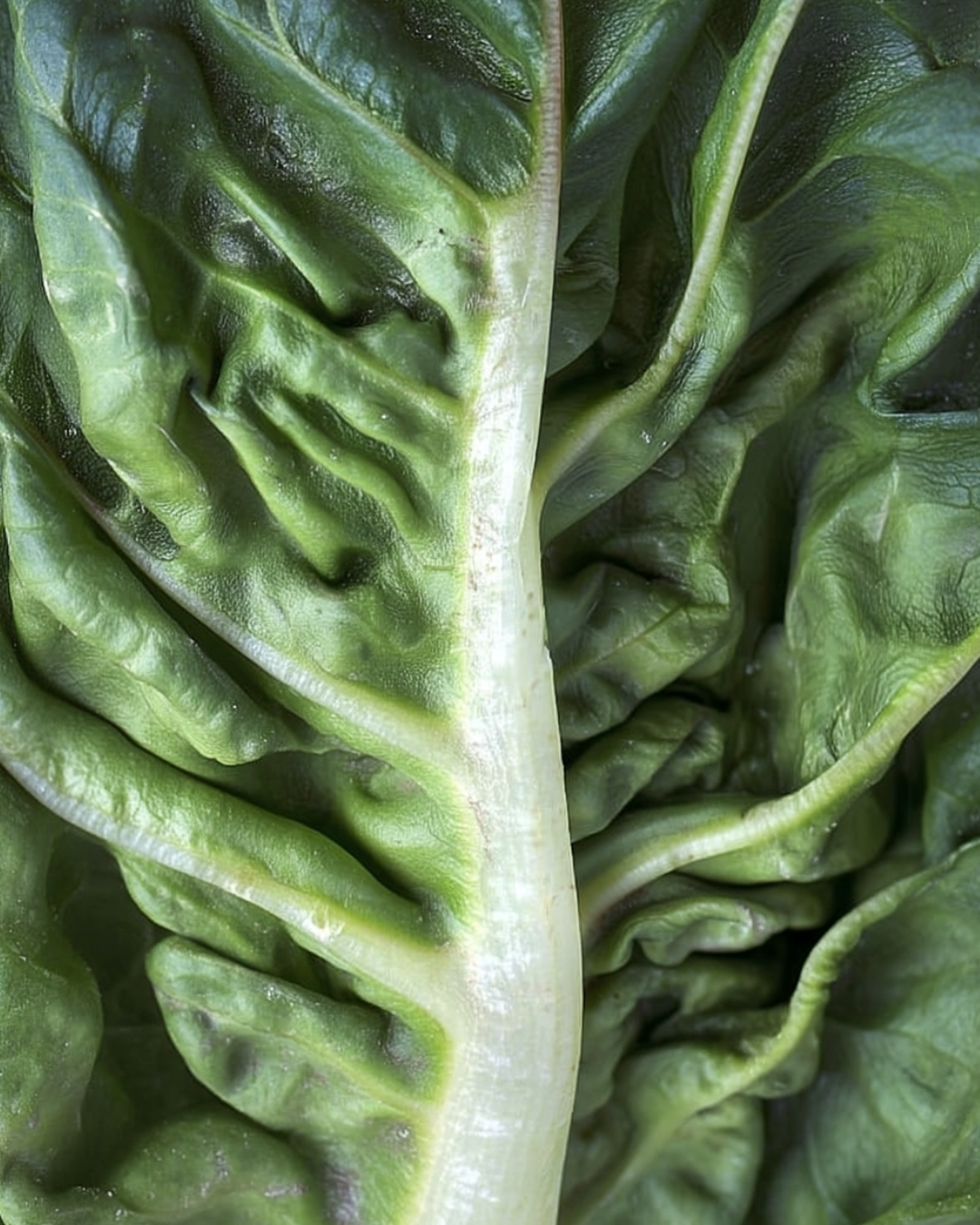Chlorophyll: Why I’ve been drinking it for 4 Years (and Why You might Want To)
Four years ago, I came across a bottle of liquid chlorophyll at Erewhon, quietly sitting on a shelf between the supplements and trendy tonics. I wasn’t on the hunt for a miracle. Honestly, I just wanted something simple, something that might help support my energy, skin, and overall balance without overcomplicating my day.
It caught my eye because of its ease: a few green drops in water, once a day. No caffeine crash, no fancy blender, no multi-step ritual. I bought it on a whim, added it to my morning routine, and haven’t looked back since.
In a world full of wellness hype and overpromised products, chlorophyll has been one of the few things that’s actually stuck with me. I started noticing small changes after the first few weeks: more sustained energy throughout the day, fewer mid-afternoon crashes, and clearer skin that looked less inflamed. Over time, I realized my hair was growing faster, too, and felt stronger and healthier overall.
What began as a curiosity quickly became a non-negotiable. Now, sipping chlorophyll water is one of my favorite morning rituals. It’s grounding, refreshing, and just feels right—like I’m giving my body a clean, calm start to the day.
What I love most about chlorophyll is that it isn’t new. It’s not just a passing wellness trend—it’s a practice rooted in ancient healing traditions that understood the power of plants long before modern science confirmed it.
Chlorophyll is the green pigment found in plants that allows them to absorb sunlight and convert it into energy. But its benefits go beyond botany. Across cultures and centuries, chlorophyll-rich plants were used as healing agents. The Egyptians used crushed green herbs on wounds. In Ayurvedic medicine, wheatgrass and holy basil were prized for purifying the blood and cooling inflammation. In Traditional Chinese Medicine, dark leafy greens were recommended to support liver detox and rebalance internal energy.
These ancient practices may not have been the “chlorophyll” we have today, but they knew what they were doing.
Today, studies have confirmed many of the benefits that ancient healers knew intuitively. Chlorophyll has antimicrobial and anti-inflammatory properties that support gut health and skin clarity. It can bind to toxins in the body, making it a gentle, natural detoxifier.
Research also shows that chlorophyllin (the water-soluble form found in most liquid drops) may act as an internal deodorant, reducing body odor and bad breath. Perhaps most interestingly, its structure is remarkably similar to hemoglobin, the molecule in red blood cells that carries oxygen. This similarity means chlorophyll may help support better oxygenation at the cellular level, which could explain the energy boost so many people feel when they start using it.
For me, chlorophyll isn’t about chasing perfection or adding more complexity to my day. It’s about supporting my body in a quiet, consistent way through something green, ancient, and real.
It’s also helped me stay more hydrated. I find myself reaching for water more often throughout the day, just because I enjoy the ritual of chlorophyll water. That small shift alone, better hydration, can unlock so many other benefits, from better digestion to clearer thinking.
If you’re feeling curious or looking for something gentle to support your wellness routine, chlorophyll might be worth a try. It’s not a magic fix, but it’s a small, steady ritual that can support your body in powerful ways over time.
Start with 10–15 drops of liquid chlorophyll in a tall glass of cold water each morning. Sip slowly, stay curious, and see how you feel.
Because sometimes, wellness doesn’t come in a breakthrough product; it comes in a bottle of green drops and a moment of stillness before your day begins.
References:
Egner et al., American Journal of Clinical Nutrition, 2001
Ferruzzi & Blakeslee, Journal of the Science of Food and Agriculture, 2007
Kumar et al., International Journal of Molecular Sciences, 2020
Simonich et al., Cancer Prevention Research, 2012
Smith et al., Journal of Cosmetic Dermatology, 2015
Linus Pauling Institute, Micronutrient Information Center, Oregon State University

